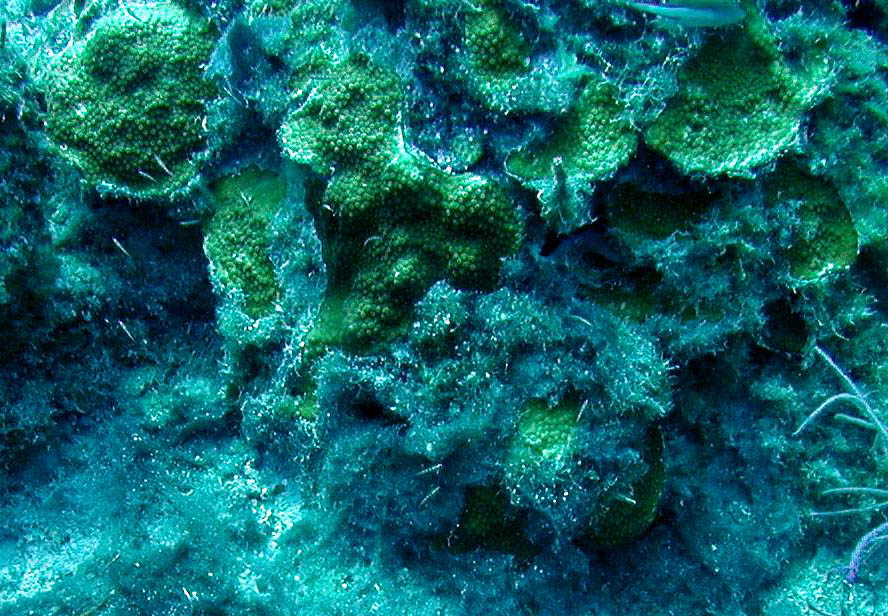Product Description
Here is the ULTIMATE fossil for the stromatolite fossil or bacteria fossil aficionado. Guaranteed you will not see a specimen like this anywhere else for public sale. Every stromatolite fossil you will find for sale on the market is actually the accretionary layers formed by the activity of prehistoric cyanobacteria. The bacteria have long since vanished prior to fossilization and all that is left are sedimentary layers in which those layers are sliced and polished for the fossil market, thereby destroying the original former structure. This is an extraordinarily rare case where the life-like soft gelatinous colony of the ACTUAL CYANOBACTERIA became petrified and fossilized as it was when alive. The market has no shortage of STROMATOLITE fossils of these sliced and polished slabs of accretions of the former bacteria. Nothing you will encounter will look like this or be a fossil of the actual living colony!
This is an ULTRA RARE life-like NOSTOC BALL cyanobacteria colony fossilized on its former prehistoric shallow bay floor substrate, now a hard rock layer. This is the first time we have seen or offered such a fossil. This specimen dates to the Lower Permian Period and contains a single, thick unbroken block layer of matrix containing one single isolated colony. Currently, this example is the only lifelike Nostoc "ball" cyanobacteria fossil we have. Words cannot emphasize just how rare this fossil is. If you are a seasoned amateur or scientific professional, you will immediately recognize what a scarcity in the fossil record this is.
HISTORY
Nostoc is a genus of cyanobacteria that grows and thrives within soil or on damp surface substrates such as rocks or ground vegetation. In other instances Nostoc can be found underwater on the bottom of freshwater lakes and springs. In some rare instances, they are found in salt-water environments. A colony of Nostoc cyanobacteria are not normally visible until after a rainstorm which infuses the colony with water and hydrates it to a swollen jellylike mass. It was once believed that these colonies fell from the sky, leading to legendary names such as "star jelly". They have also been called 'Troll's Butter" or "Witch's Jelly or Butter" because of their unusual ability to rapidly and seemingly magically, appear out of no where.
Nostocs are able to perform photosynthesis without chloroplasts. Instead these bacterium rely on photosynthetic pigments that are located in their cytoplasm. Similar to other forms of bacteria, the single-celled Nostoc does not have a nucleus or other internal membrane systems and the cytoplasm is comprised of between seventy and eighty-five percent water. Without the assistance of internal structures or whip-like appendages, the bacteria are able to move about in a swaying motion possibly in response to electromagnetic stimulation of their pigments. The chloroplast organelles (actually pigmented protoplasmic bodies) found in modern plants are thought by some scientists to be derived from a precursor cyanobacterium through an evolutionary chain of events.
CLICK HERE TO LEARN MORE ABOUT STROMATOLITE FOSSILS

 US DOLLAR
US DOLLAR
 EURO
EURO
 AUSTRALIAN DOLLAR
AUSTRALIAN DOLLAR
 CANADIAN DOLLAR
CANADIAN DOLLAR
 POUND STERLING
POUND STERLING














